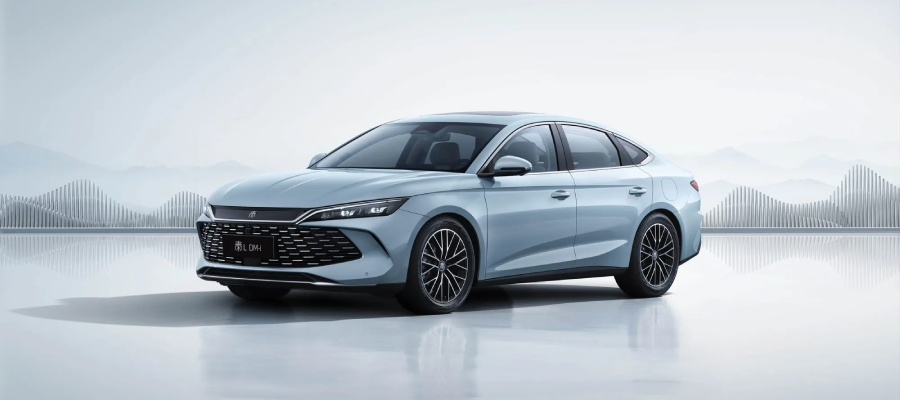
The automotive industry’s shift towards vertical integration is significantly transforming the future of cockpit design, with more OEMs aiming to exert greater control over their in-car audio and user interface systems. BYD exemplifies this trend by integrating processes from battery production to complete vehicle manufacturing. Traditional automotive giants are also increasingly embracing vertical integration, motivated by the potential for improved quality control and innovation.
As vehicles become more reliant on advanced silicon technologies and software-defined systems, OEMs are exploring vertical integration to secure their roles in semiconductor and software development. This strategic shift is not only about managing quality more effectively but also about driving innovation. However, this transition presents challenges, including the need to manage complex internal processes and maintain expertise across various technological domains.
The evolution towards vertical integration requires a reconfiguration of the traditional automotive supply chain. This involves forging new strategic partnerships and collaborations to integrate critical technologies and capabilities. Organizations like Audio Foundry are actively working to support this transition by providing specialized expertise across multiple disciplines.
Additionally, the trend towards zonal architecture and centralized compute systems is driving OEMs to adopt vertical integration for further differentiation. One example of this is the development of unique sound signatures. Some OEMs are collaborating with renowned composers to create distinctive sounds that enhance brand identity and are used across multiple systems, including Acoustic Vehicle Alerting Systems (AVAS), Active Sound Design (ASD), and cockpit controls. An example of this approach is “the sound of Cupra,” where a branded sound signature is employed not only in AVAS but also across various touchpoints, from the cockpit user interface to marketing materials.


